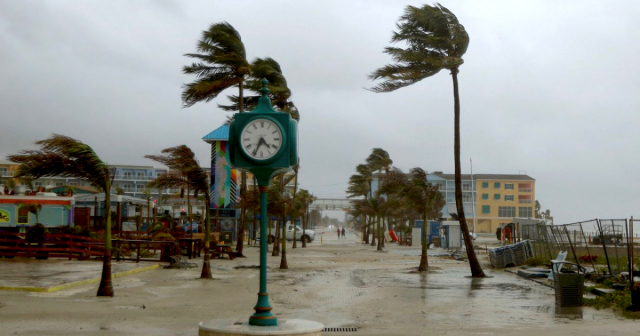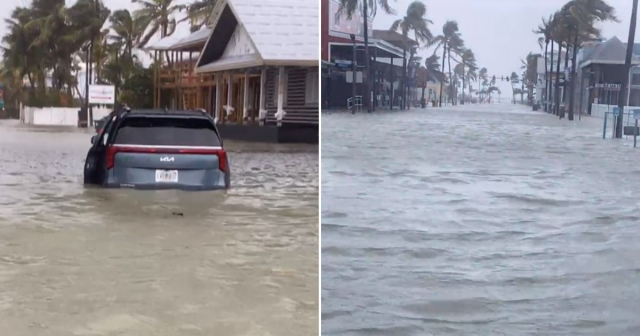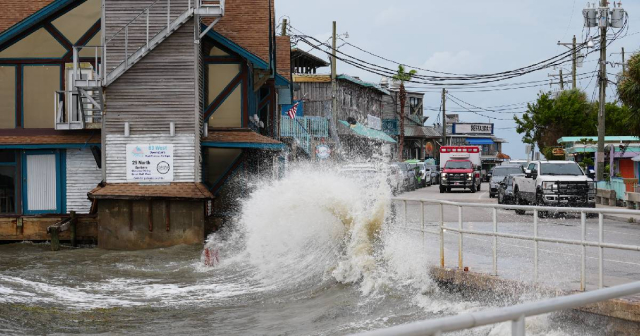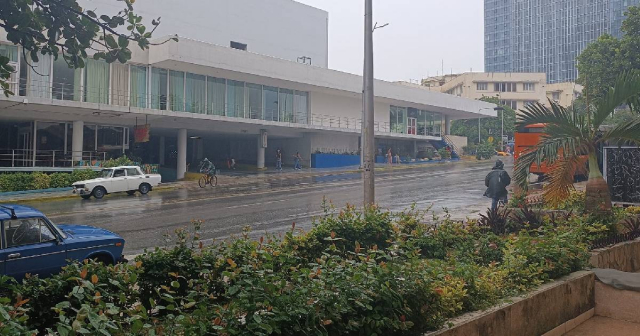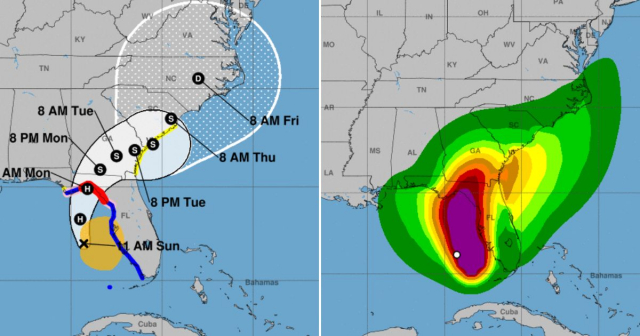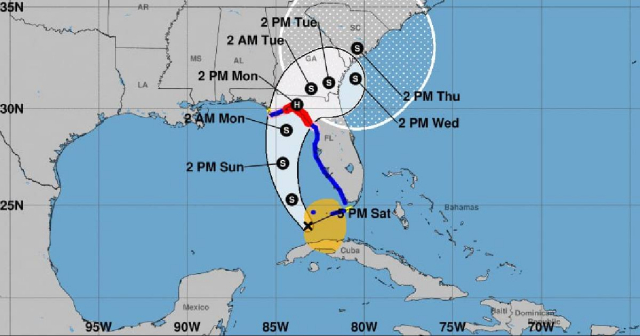Hurricane Debby made landfall around 7 a.m. (local time) this Monday in Steinhatchee, a small community in Taylor County, on the northwest coast of Florida.
At the moment it impacted the state's territory, Debby had maximum sustained winds of about 130 km/h.
The phenomenon is moving slowly to the northeast at about 17 km/h, according to the latest bulletin from the National Hurricane Center.
Although the hurricane made landfall in one of the least populated areas of Florida, meteorologists warn that the heavy rains associated with the phenomenon could cause catastrophic flooding not only in Florida but also in the states of South Carolina and Georgia.
The NHC warns of catastrophic flooding and potentially deadly storm surges as the phenomenon slowly moves through the northern part of the state before stalling in the coastal regions of Georgia and South Carolina.
A tornado alert was also in effect for areas of Florida and Georgia on Monday.
Almost 214,000 customers were left without electricity in Florida on Monday morning, according to PowerOutage.com.
The governor of Florida, Ron DeSantis, declared a state of emergency and mobilized the National Guard to assist in evacuation and rescue operations.
Emergency teams are on high alert, and shelters have been established for those who need to leave their homes for safer areas.
Communities in the path of Hurricane Debby are being urged to stay informed through the media and updates from the NHC.
The sparsely populated Big Bend region in the Florida Panhandle was also hit last year by Hurricane Idalia, which made landfall as a category 3.
Debby is the second hurricane of the 2024 Atlantic hurricane season, after Beryl struck Texas last month.
Normally, the second hurricane does not typically form before August 26, so the 2024 hurricane season is following the intense pace forecasted by meteorological models.
What do you think?
COMMENTFiled under:

